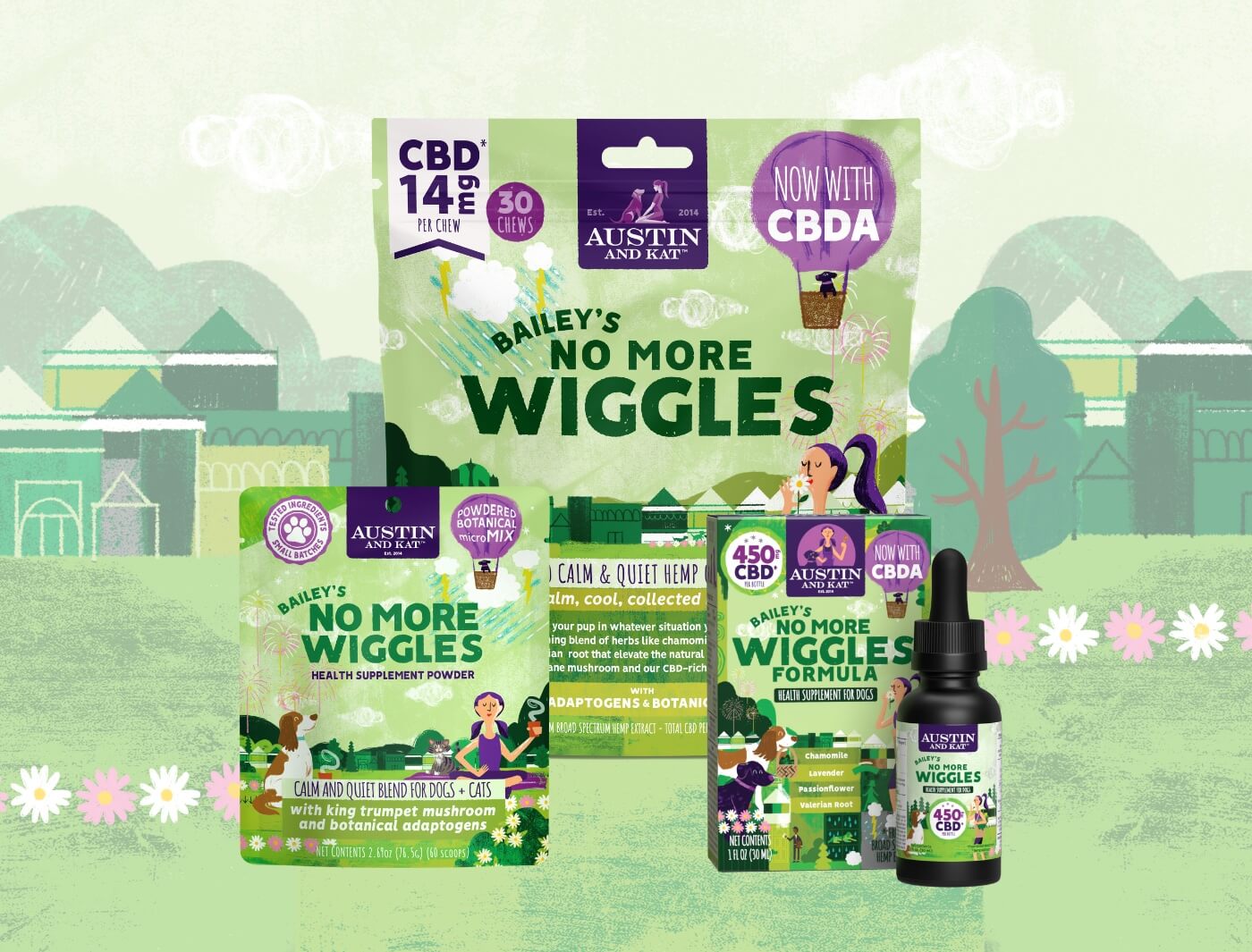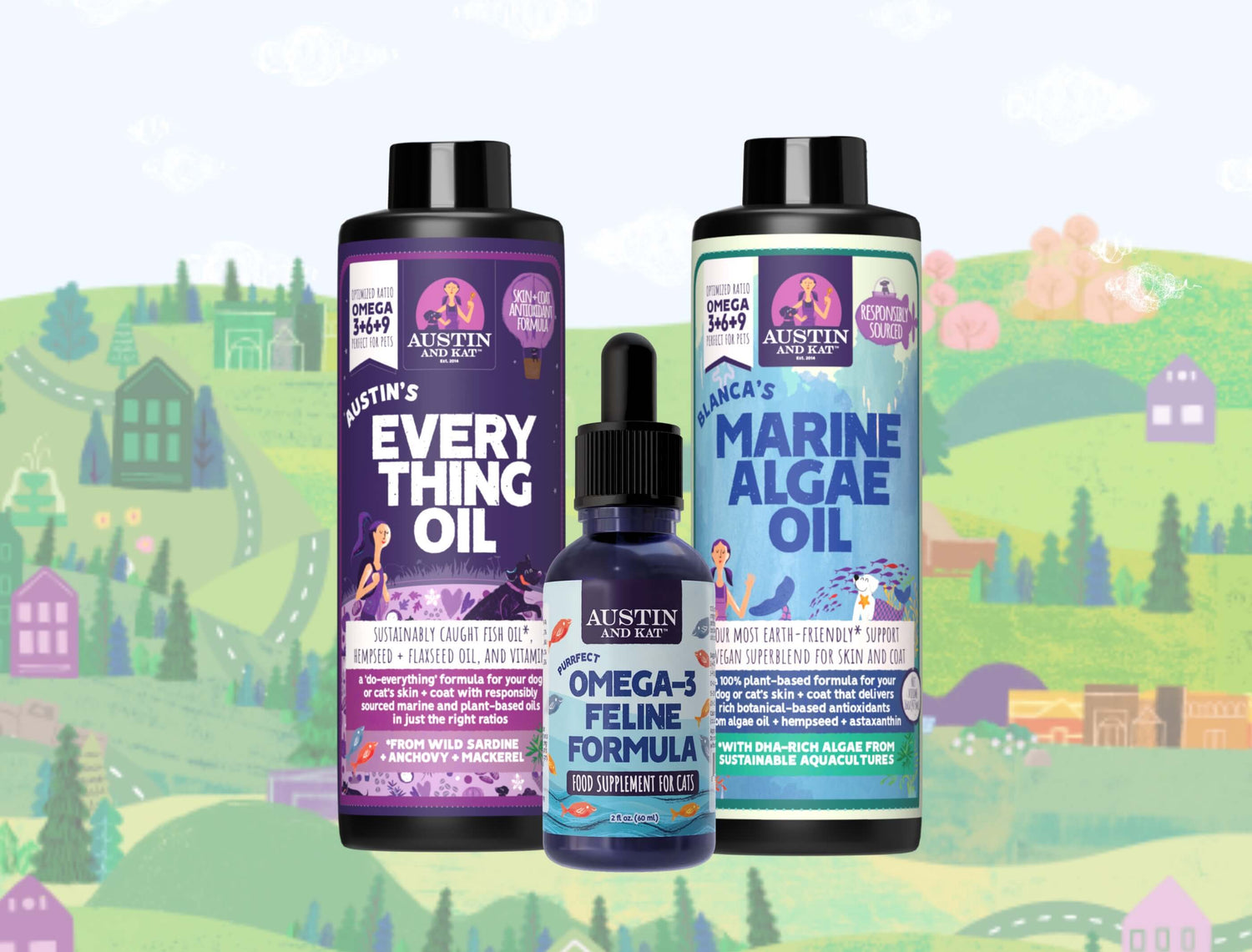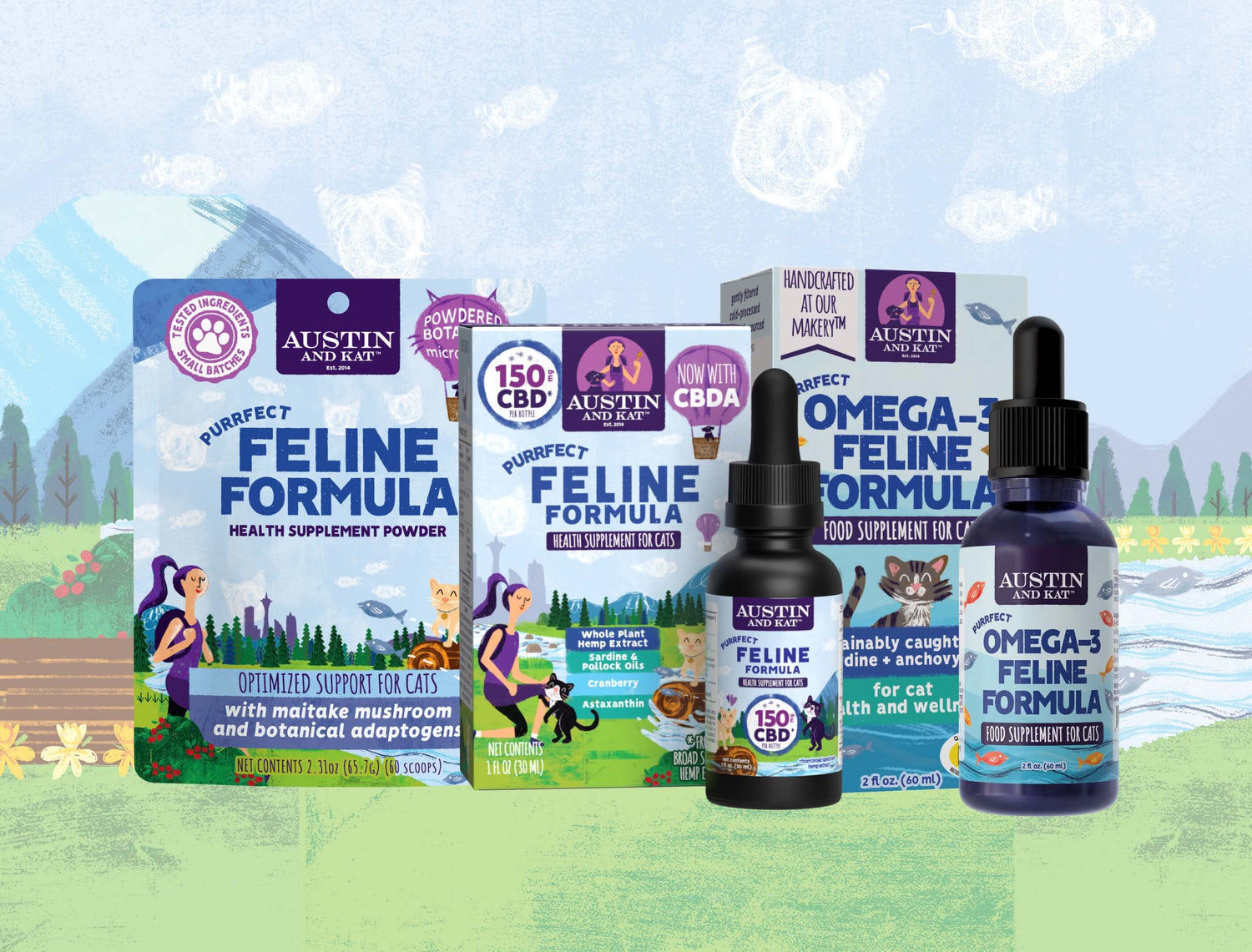
There’s a common decorating trend in homes around the world: Indoor houseplants. And why not? They help liven up the home, purify the air, and bring a touch of nature inside.
There’s just one problem, though: Certain indoor plants are actually toxic to your pets. But don’t worry. In this article, we’ll show you which ones to avoid.
We all know that dogs and cats are curious creatures and they’re pretty notorious for getting into things they shouldn’t. And if they like the smell or texture of something, they’ll likely chew on it or eat it.
For example, have you ever noticed your dog or cat chewing on grass while on a walk or relaxing outside? Well, just imagine what they might do with certain indoor houseplants.
And according to a 2017 report from the ASPCA Animal Poison Control Center, plants fell in 9th place on their top 10 lists of toxins to dogs and cats. This is because over 5% of inbound calls to the center were related to pets ingesting toxic plants like lilies, sago palm, and oleander.
But with more people staying at home these days, the demand for indoor houseplants has been on the rise. So before you go sprucing up your home with indoor houseplants, we feel it’s best to know which indoor houseplants are the most toxic to your pet.

Indoor toxic plants
Believe it or not, some species of plants have been proven to be fatal to pets if ingested. That’s why we’ve constructed a list of the most common toxic indoor houseplants for pets.
But before we tackle that list, we highly advise that if your dog or cat has ingested any of the following plants, contact your veterinarian immediately or the Animal Poison Control Center (APCC) at 888-426-4435 for further instructions. We also feel it’s best to keep a pet first aid kit nearby for emergency situations.
That said, the following list features plants that contain toxic substances which can be poisonous or fatal to your pet. However, it’s important to note that our list of toxic indoor plants is not an all-inclusive list, but more of a list of the most commonly encountered toxic indoor plants to pets.
If you come across a plant you would like to bring inside the home, research it to see whether it’s pet-safe.
Let’s begin...
LILLIES (Toxic)
Lilies are perhaps the most popular plant for both indoor and outdoor use, partly because they’re sweet smelling, super cute, and can live in shaded places. But these plants, which include over 80 species, are pretty toxic to pets, especially cats.
In fact, research shows that these plants are damaging and destructive to feline kidneys within 12-72 hours after ingestion.
Symptoms to look for include:
- Lethargy
- Gastrointestinal upset
- Excessive salivation and drooling
- Lack or loss of appetite
While lilies are generally more poisonous to cats, certain varieties like the Peace Lily can be equally toxic to our canine friends as well.
The symptoms above can appear in dogs after ingestion. Other warning signs include depression, tremors, difficulty breathing, intense burning, and irritation of the mouth.
Aloe Vera (Toxic)
While we know that Aloe Vera contains great skin-soothing properties for sunburns and other skin-related issues in humans, it can be pretty toxic to our beloved pet companions.
The leaves of Aloe Vera contain anthraquinone glycosides, which may cause the following symptoms after ingestion:
- Vomiting
- Lethargy
- Diarrhea
Devil's Ivy (Toxic)
Devil’s Ivy, also known as Golden or Silk Pothos, is a popular plant that hangs high with its long silky vines traipsing down the walls. But these beautiful plants are fairly toxic to dogs, cats, and even horses.
Unwanted symptoms can appear fairly quickly after ingestion. These symptoms include:
- Swelling of the mouth, tongue, or lips
- Pain
- Excessive drooling
- Vomiting
- Difficulty swallowing
- Oral irritation
Dumbcane (Toxic)
Dumbcane plants include over 30 species of evergreen shrubs. Their charming, large, lush leaves contain certain substances that have proven to be toxic to both cats and dogs.
If your cat or dog happens to chew or nibble on dumbcane leaves, they could experience the following symptoms:
- Intense burning in their mouth (tongue and lips)
- Excessive drooling
- Difficulty swallowing
- Vomiting
However, the most terrifying symptom is difficulty breathing, which may be fatal.
Drachaena (Toxic)
Most commonly known as the Corn Plant or the Dragon Tree, the Dracaena species is a unique-looking ornamental plant.
Unfortunately, these plants are pretty toxic to our beloved pets. Ingesting any part of this plant can cause the following symptoms in both cats and dogs:
- Vomiting (occasionally with blood)
- Lack of appetite
- Hypersalivation
- Weakness
- Incoordination
- Depression
Mother-in-law's Tongue (Toxic)
This strangely named plant is also called the snake plant, partly because its leaves are skinny and they shoot straight up in the air. But while some parts of the world use the properties of this plant as herbal remedies, they’re incredibly poisonous if ingested by dogs or cats.
Large doses can cause the following symptoms:
- Nausea
- Vomiting
- Diarrhea
- Swelling in the tongue or throat
Ficus Benjamina (Toxic)
The Ficus Benjamina is also referred to as the Weeping Fig or the Rubber Tree, and it’s one of the most common indoor houseplants. With glossy, rubber-like leaves and its evergreen appearance, this plant emits a highly toxic sap, especially to dogs, cats, and even horses.
Pets who come in contact with these plants or ingest any part of them could experience the following symptoms:
- Skin irritation
- Eye irritation
- Gastrointestinal upset
Philodendrons (Toxic)
Philodendrons plants belong to the Araceae family, and are known for their waxy looking leaves. They contain an insoluble toxin known as calcium oxalates, which can be pretty poisonous to dogs, cats, and horses.
Symptoms usually include the following:
- Pain
- Swelling of the mouth, tongue, and lips
- Vomiting
- Difficulty swallowing
- Excessive drooling
The Heartleaf Philodendron is perhaps the most popular plant in the Philodendron species.
Eucalyptus (Toxic)
It’s no surprise that eucalyptus is most popularly used in skin care products and as an essential oil for aromatherapy purposes. But this plant is also considered one of the most toxic plants to dogs, cats, and horses.
Upon ingesting or smelling any part of this plant, your pet could experience the following symptoms:
- Excessive salivation
- Vomiting
- Diarrhea
- Depression
- Weakness
Jade Plant (Toxic)
The Jade plant is also known as the Chinese or Japanese rubber plant. These plants are incredibly popular, partly because they don’t look real. Their rubber-like, waxy leaves and stems make them look fake and relatively harmless, but they are extremely toxic to dogs, cats, and horses.
Symptoms usually include:
- Depression
- Incoordination
- Vomiting
Cyclamen (Toxic)
Cyclamen plants actually include over 20 species of plants, with Sowbread Cyclamen being one of the most popular.
Its red, pink, and white flowers often bloom right off its oddly shaped leaves, which contain sedative-like properties and may even be used as a laxative.
But these brightly colored plants are extremely toxic to your pet. If they ingest even a small part of the plant, they could experience the following symptoms:
- Gastrointestinal upset
- Excessive salivation
- Vomiting
- Diarrhea
In extreme cases, irregular heart rhythm and seizures may occur, which could lead to death.
Bird of Paradise (Toxic)
These brightly colored tropical plants resemble flying birds when they are in bloom, making them a highly popular indoor plant to liven up the room.
But these plants are very dangerous to have around your pets. If eaten, you dog or cat could experience the following clinical signs:
- Intense burning of the mouth, tongue, and lips
- Vomiting
- Diarrhea
- Difficulty swallowing
- Incoordination
- Excessive drooling
- Loss of appetite
- Even death
ZZ Plants (Toxic)
These indoor plants are very popular, partly because they’re easy to care for, they don’t need a lot of light, and they grow fairly quickly. But these easy-to-find plants must be kept far away from dogs and cats.
The leaves of ZZ plants contain calcium oxalate crystals, which can cause serious unwanted symptoms in our pets like:
- Severe burning in the mouth
- Excessive drooling
- And other irritations of the mucous membrane

Pet-friendly houseplants
If you happen to have any non-pet friendly plants around the house, consider putting up a barrier around the plant or try putting the plant in a hard-to-reach area.
If you’re just starting to spruce up your home with indoor houseplants, but you worry about your canine and feline friends’ health, there are several pet-friendly plants to choose from.
The following is a short list of plants that are safe for your curious pets to be around:
- Bromeliads
- Echeveria
- Money Tree
- Moth Orchid
- Peperomia
- Ponytail Palm
- Burro’s Tail
- Bamboo
- Hens and Chickens
- Spider Plant
It’s important to note that each pet is different. Like humans, pets can have allergic reactions to certain plants, regardless if they’re considered “toxic” or not. So keep a close eye on your pet when they are around any type of plant.
Here at Austin and Kat, we care for the safety of your beloved pets. That’s why we make it our goal to inform pet owners of what is safe and unsafe for your dogs and cats.
As always, feel free to reach out to us if you have any questions, concerns, or comments. We’d love to hear from you!










